Jade: Gemstone and Jewelry
Jade is a gemstone that has mystified and allured humanity since time immemorial. Revered by civilizations for its elegance and beauty, this green stone has become a symbol of power, wealth, and spirituality. In this article, we will explore the history, qualities, and cultural significance of jade and its role in jewelry and adornment.

History:
Jade has a rich and varied history, with evidence of its use dating back to 3000 BC in China. The Chinese were the first to use jade for ornamental purposes, and it quickly became a symbol of power and wealth. During the Shang dynasty, around 1600 BC, jade became the primary material used in royal burial tombs due to its perceived spiritual qualities.
The Chinese believed that jade had the power to protect and bless those that wore it and even believed that jade could absorb evil spirits. The Mayans of Central America also had a deep reverence for jade and used it in their jewelry, statues, and even in their burial practices. They believed that jade represented the sacred energy of life, and the green color was associated with the rebirth of the sun, making the stone a symbol of eternal life.

Physical and Metaphysical Properties:
Jade is a mineral that is primarily composed of calcium and magnesium. It is a dense and hard stone that, when polished, has an exquisite luster. The color of jade can range from deep green to pale yellow, with some variations having hints of white or black. The intensity of the color is dependent on the amount of iron present, with a higher iron concentration resulting in a more vivid green color.
Jade has been said to possess numerous metaphysical properties. It is believed to have a powerful calming effect on the mind, helping to release negative thoughts and emotions and bring a sense of inner peace. It is also believed to promote physical healing and was used by the ancient Chinese for medicinal purposes. Jade is said to be particularly beneficial for the heart and kidneys and is commonly worn as an aid to fertility and childbirth.

Types of Jade:
There are two primary types of jade, nephrite, and jadeite. Nephrite is the more common of the two and is composed of calcium, magnesium, and iron. It has a silky luster and is usually found in shades of green, white, or yellow. Nephrite jade is often used for carvings due to its durability and ease of sculpting. Jadeite is the rarer of the two and is composed of sodium and aluminum. It has a vitreous luster and is usually found in shades of green or white. Jadeite is considered to be of a higher quality than nephrite and is often used in jewelry and ornamentation.

Jade Jewelry:
Jade has been used in jewelry and adornment for centuries, and its popularity continues to this day. It is a versatile stone that can be used in a variety of jewelry styles and designs. Jade beads and cabochons can be set in silver or gold, and the stone's intense color is a beautiful complement to diamonds and other gems. Traditional Chinese jade jewelry typically features carved jade pieces, such as pendants or bracelets.
These pieces often have auspicious symbols or animal shapes, such as a dragon or a phoenix, which are believed to bring good luck, health, and wealth. Jade is also used in traditional Chinese wedding jewelry, where it symbolizes love, loyalty, and marital happiness. Jade has also been used in the creation of intricate jewelry pieces, such as jadeite bangles, which are popular among collectors. These bangles are designed to be worn stacked, and the delicate patterns and colors of the jade make each piece unique and eye-catching.

Cultural Significance:
Jade has significant cultural significance in several civilizations around the world. In China, jade is believed to represent the five virtues of humanity, which are benevolence, righteousness, wisdom, courage, and sincerity. It is also associated with the element of wood and is thought to embody the qualities of growth, prosperity, and new beginnings.
In the Mayan civilization, jade was associated with the god Quetzalcoatl and was considered to be a symbol of power, wealth, and prestige. Jade was used in jewelry, adornments, and even in the creation of knives and ceremonial objects. The Mayans believed that jade could provide access to the spirit world and could facilitate communication between the living and the dead.

Jade is a beautiful and versatile gemstone that has captured the hearts of people for thousands of years. With its rich history, physical and metaphysical properties, and cultural significance, it is easy to see why jade remains a highly sought-after stone today. Whether in carvings, jewelry, or other forms of art, jade continues to captivate and inspire us with its elegance, beauty, and meaning.




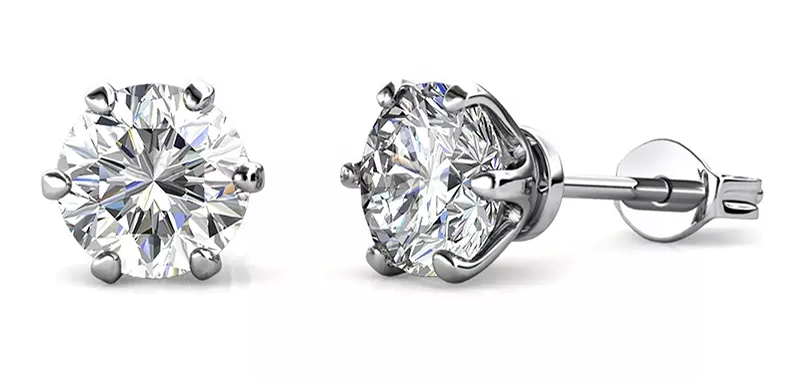
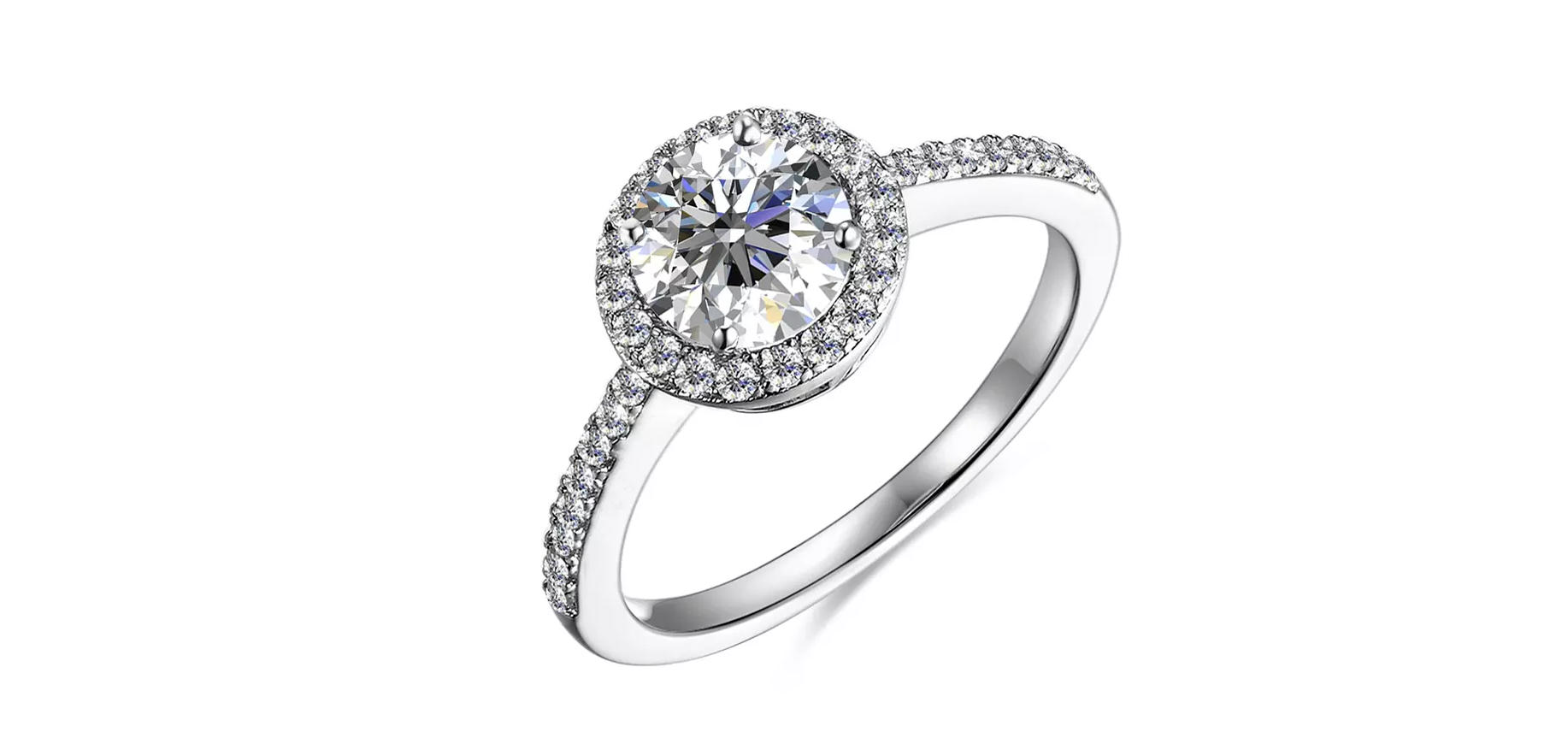
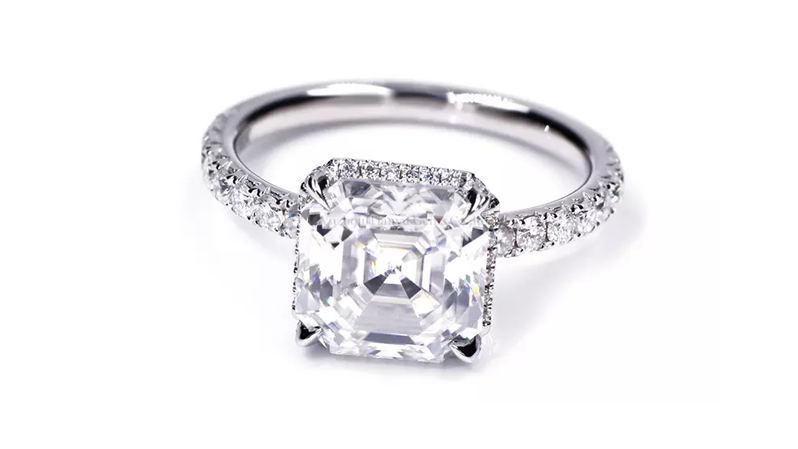
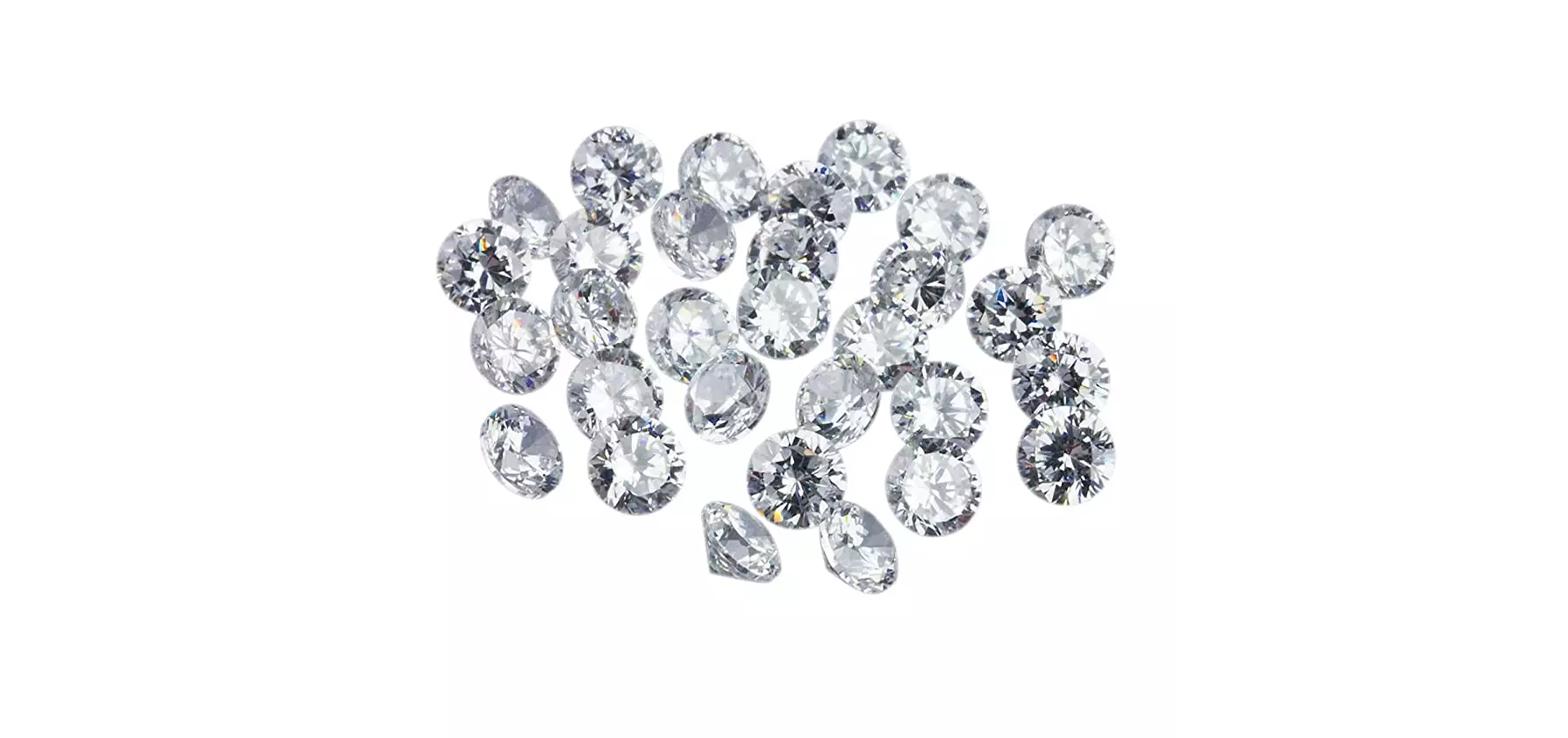
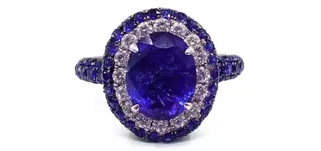
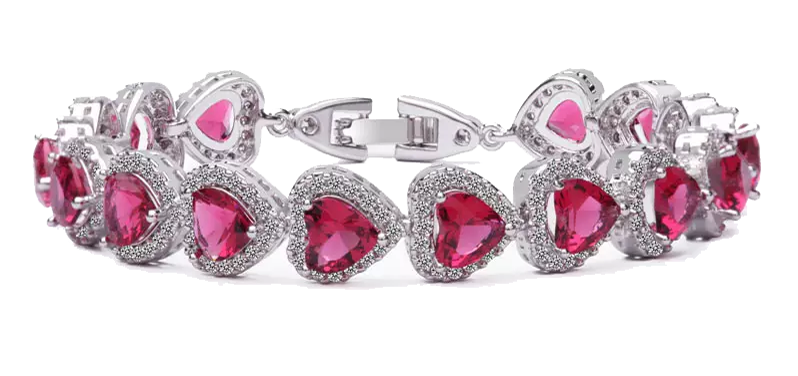
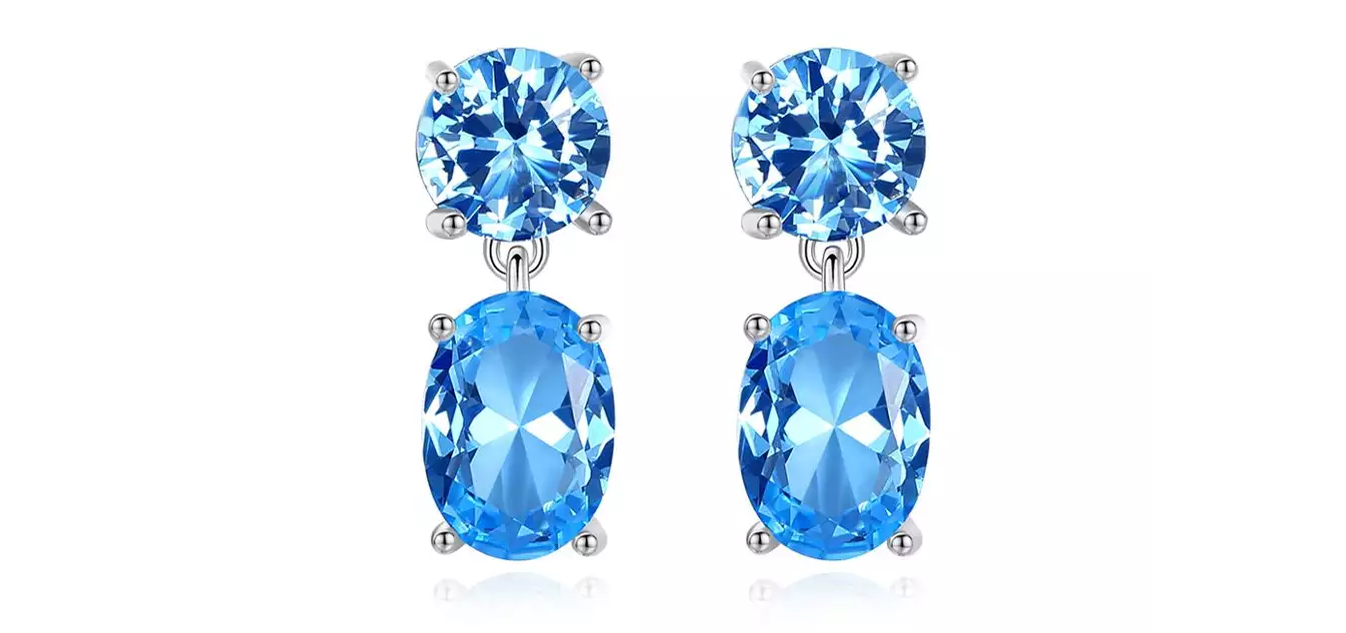
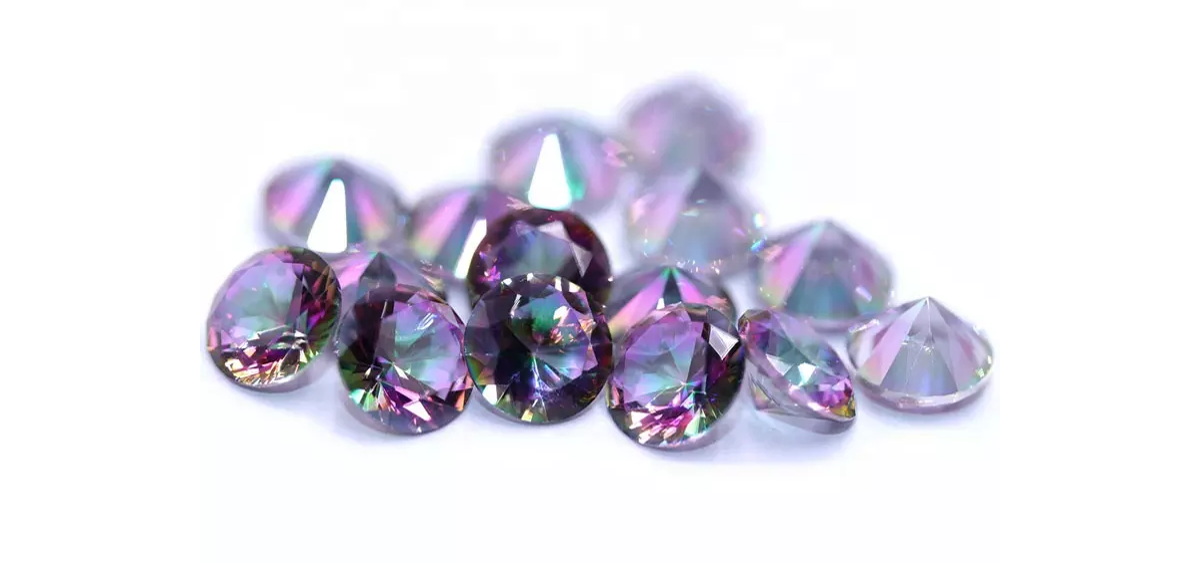
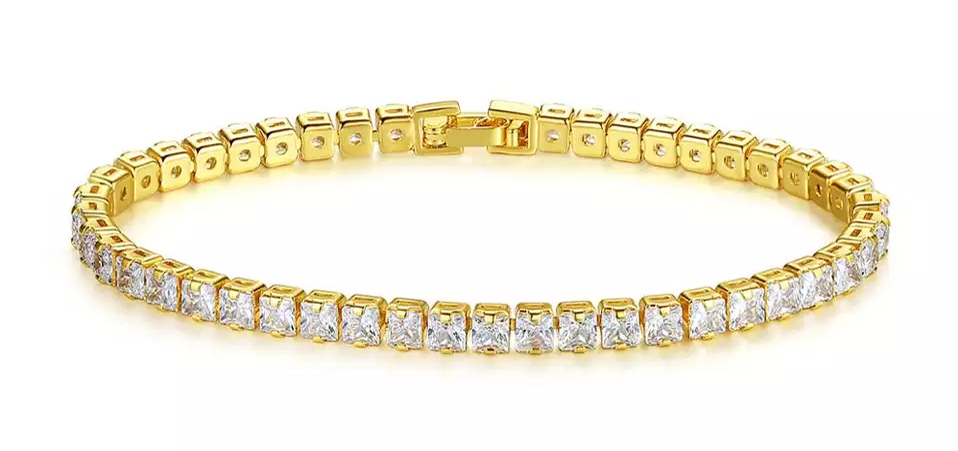
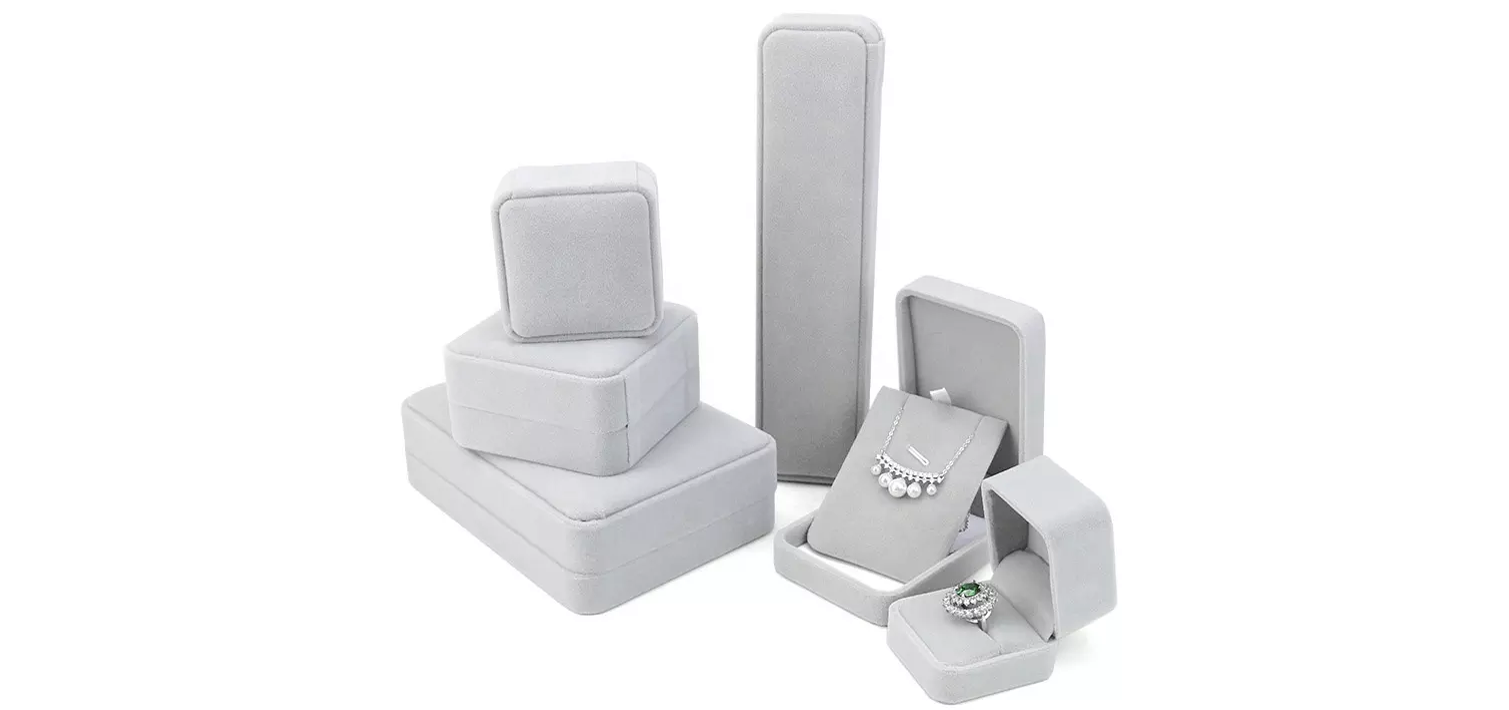
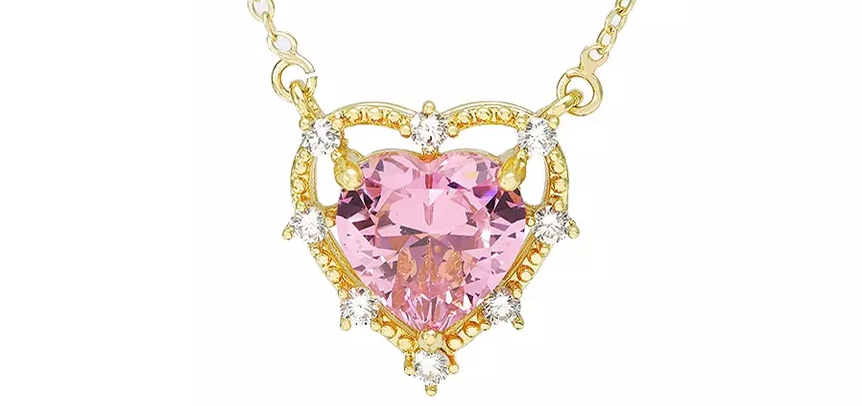
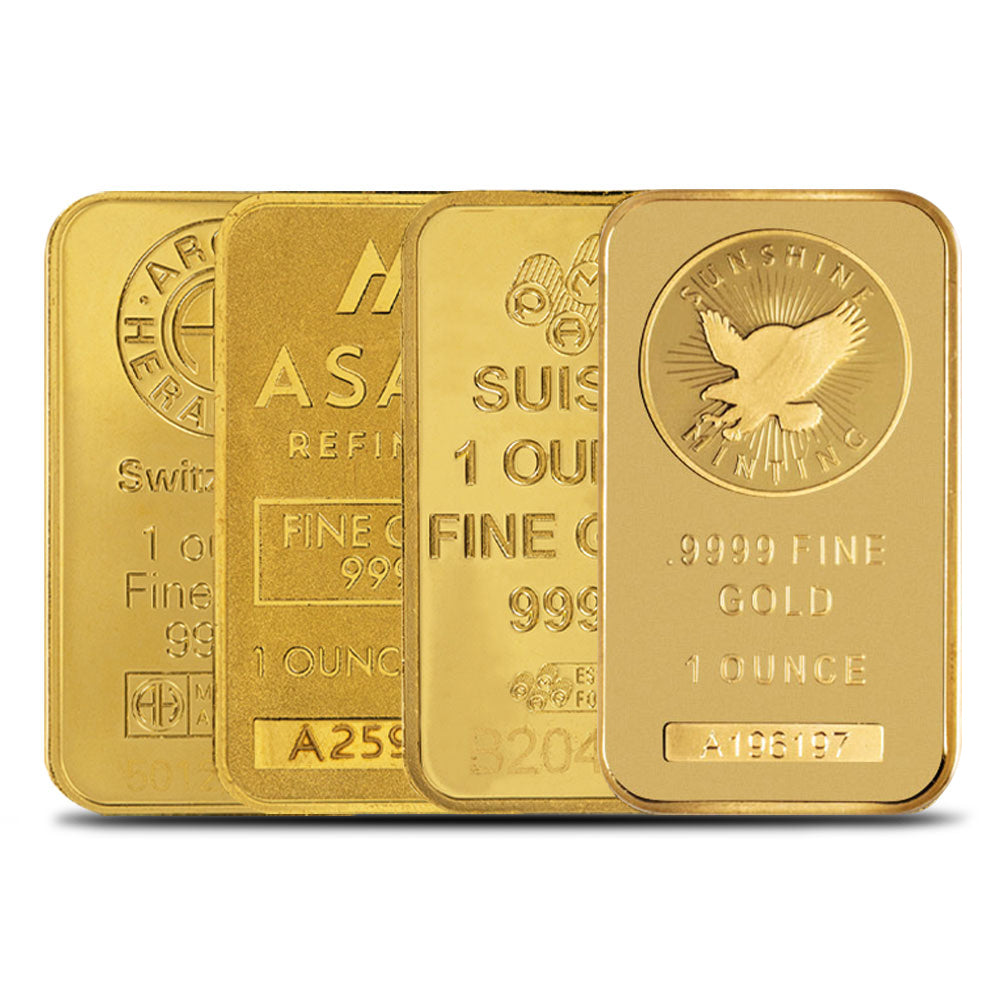
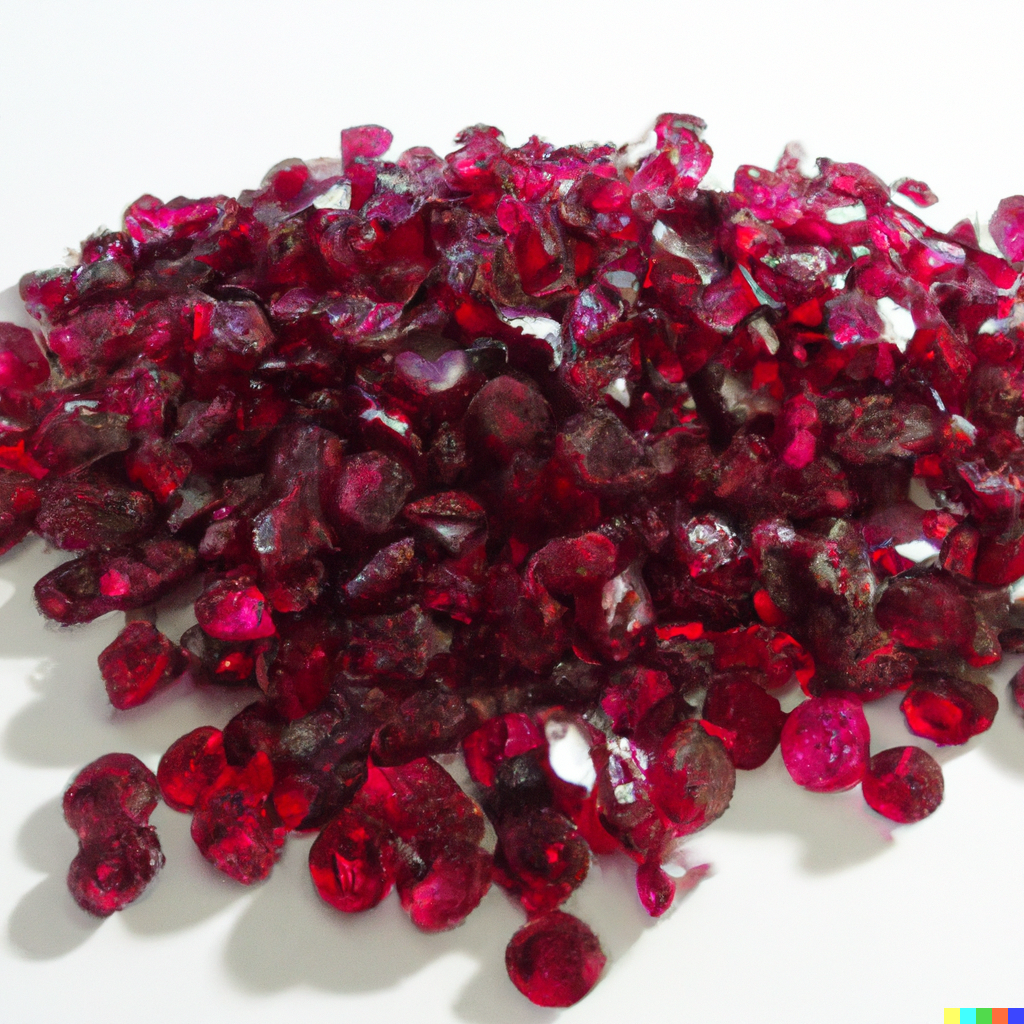
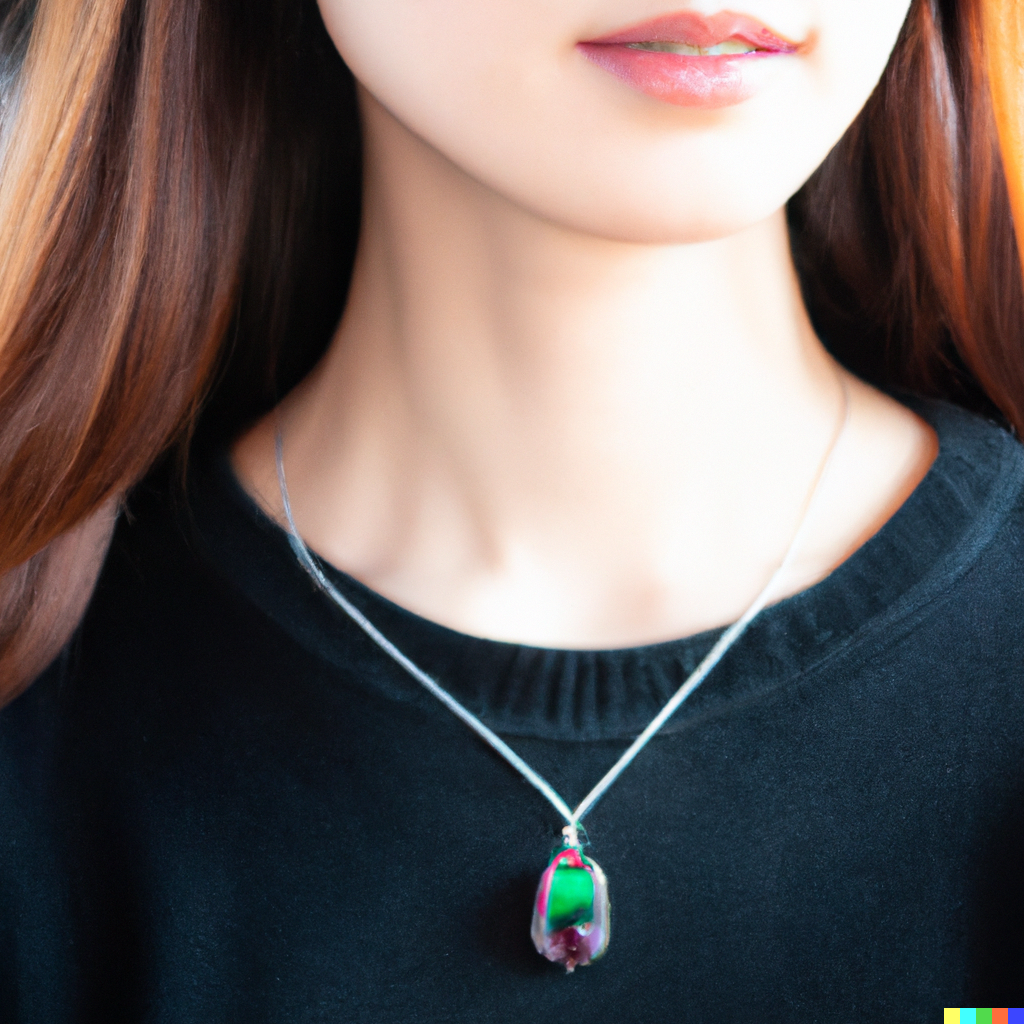
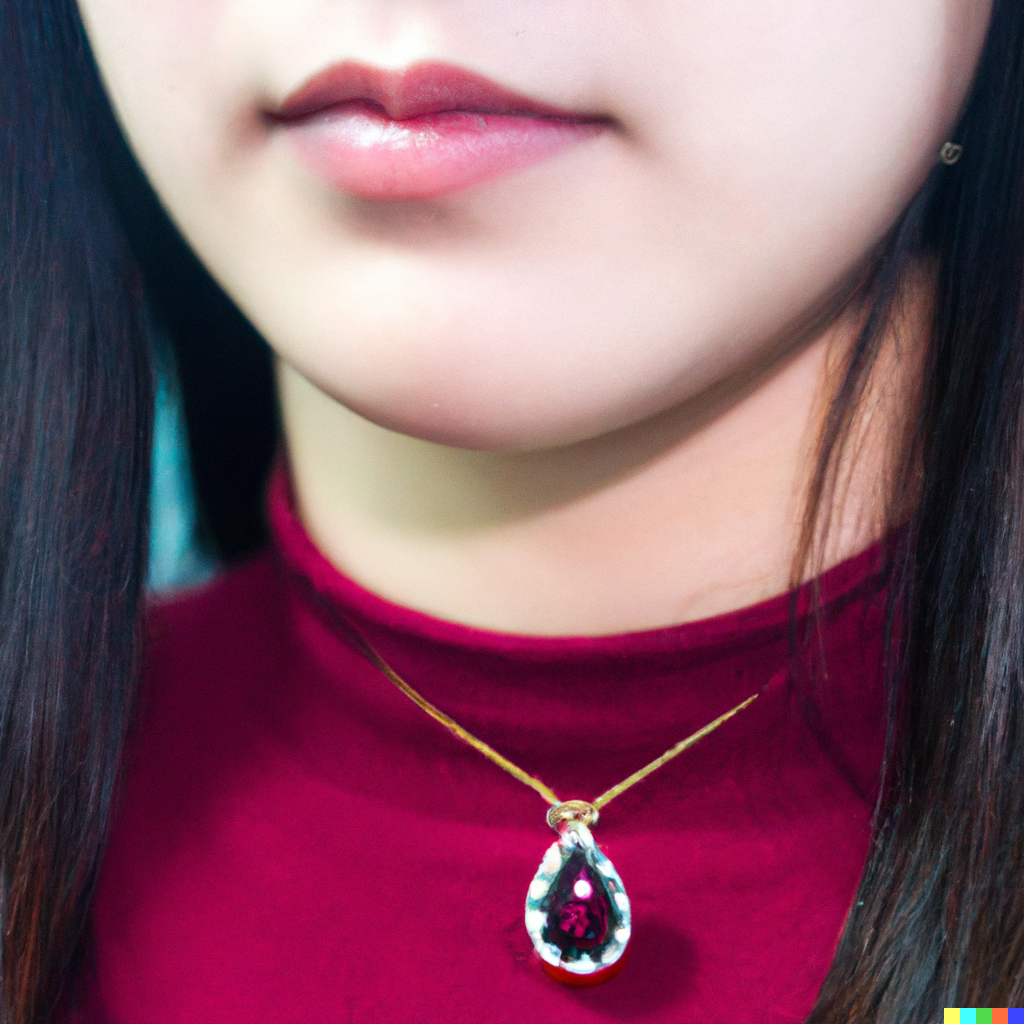
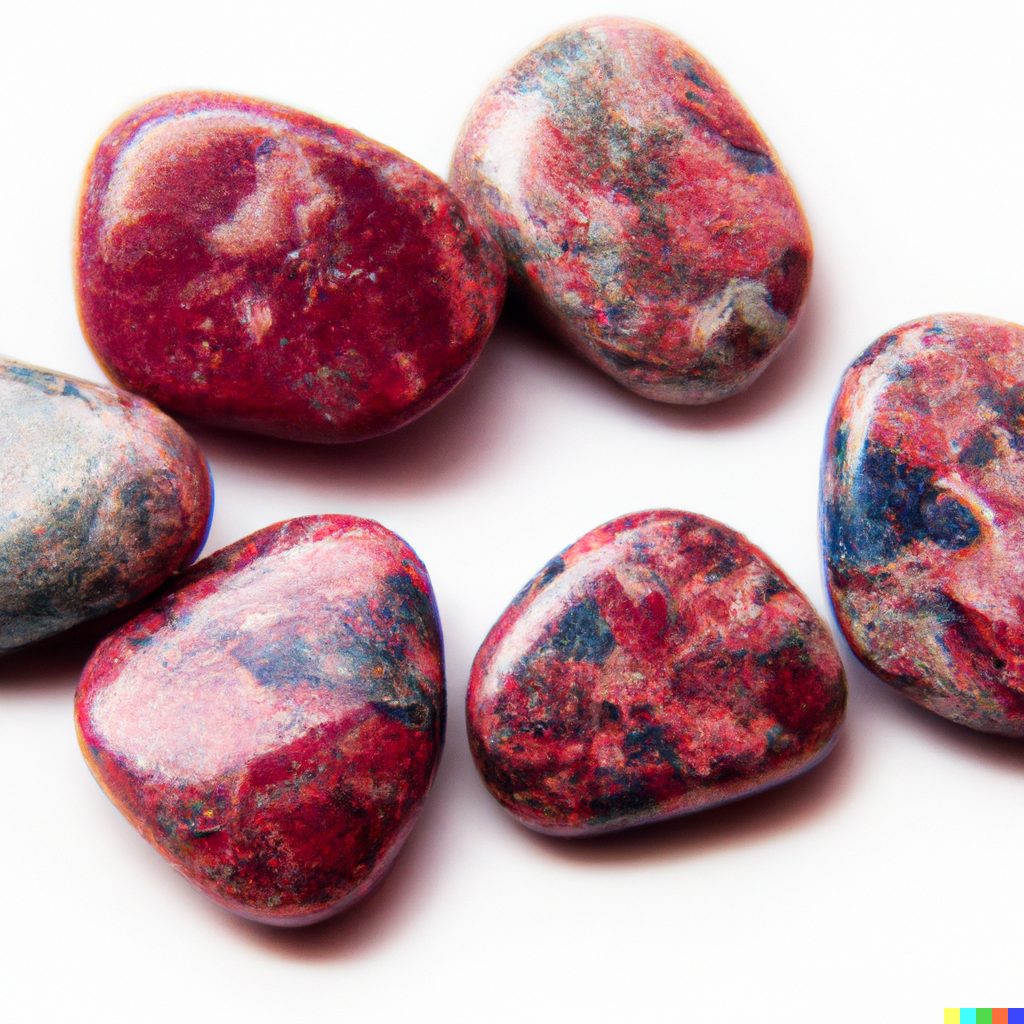


Leave a comment